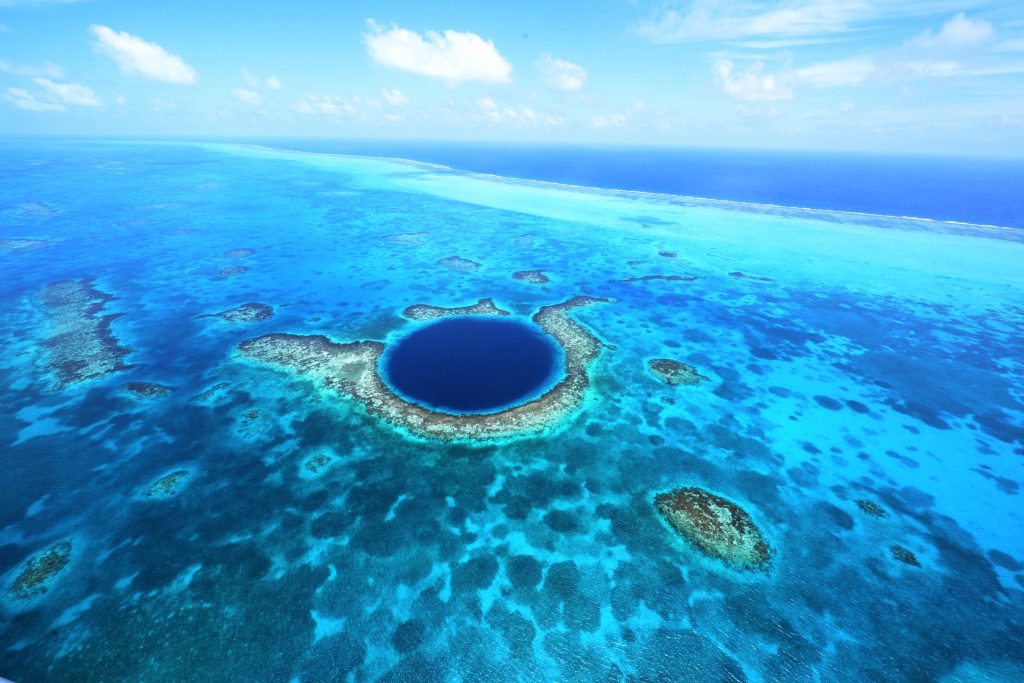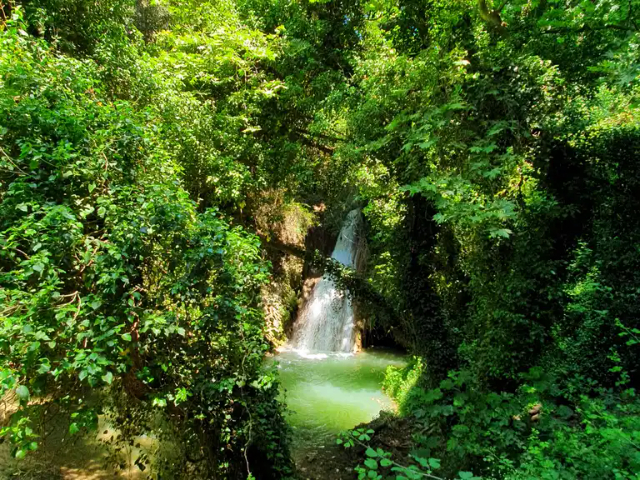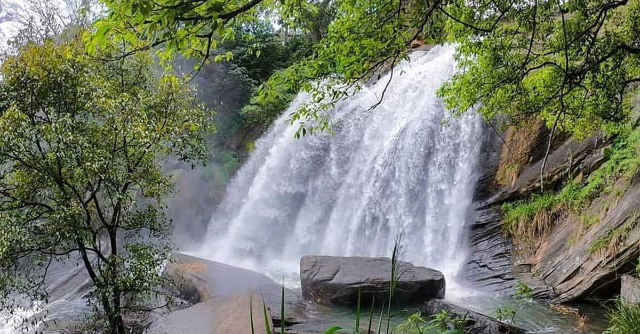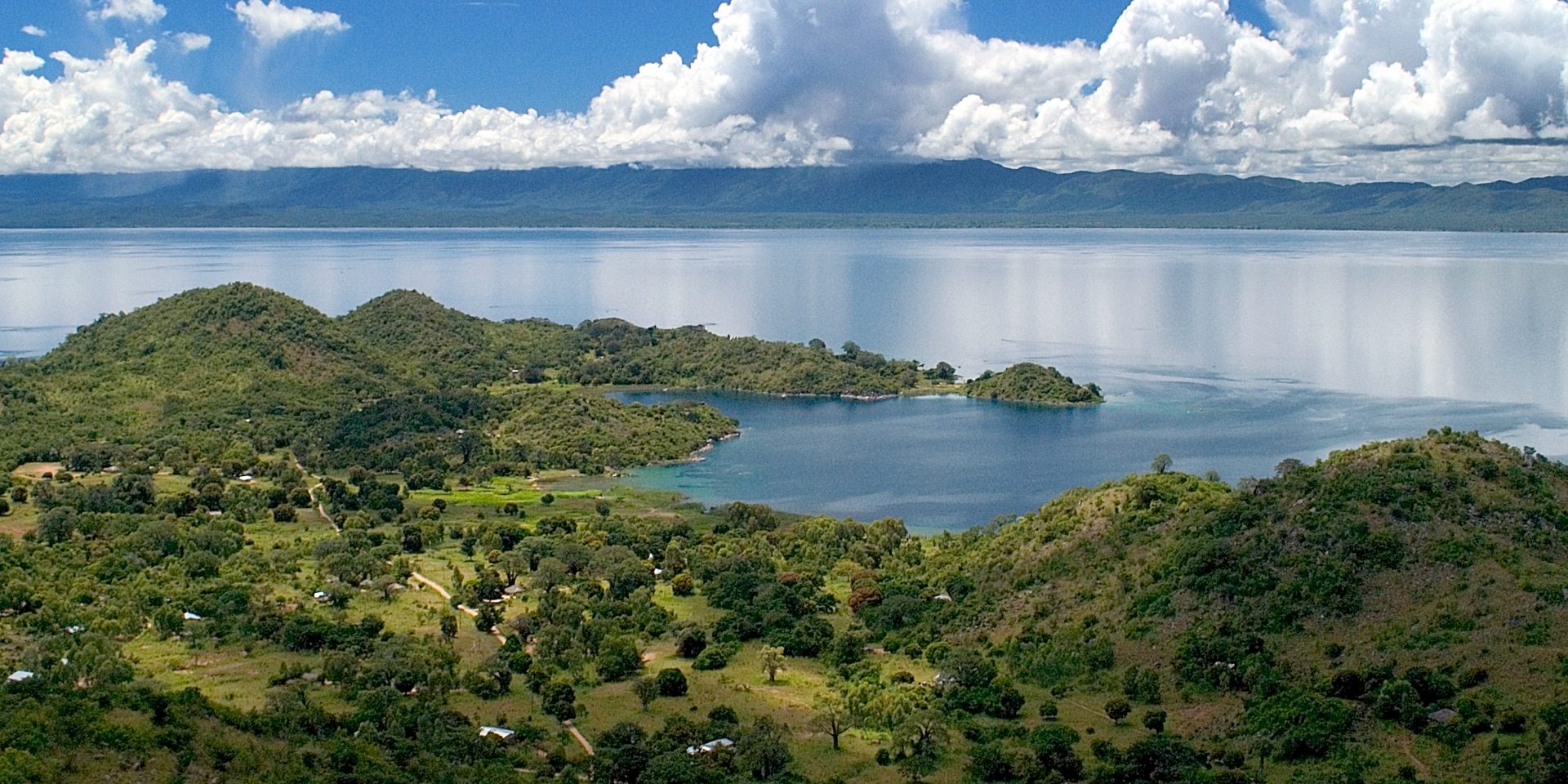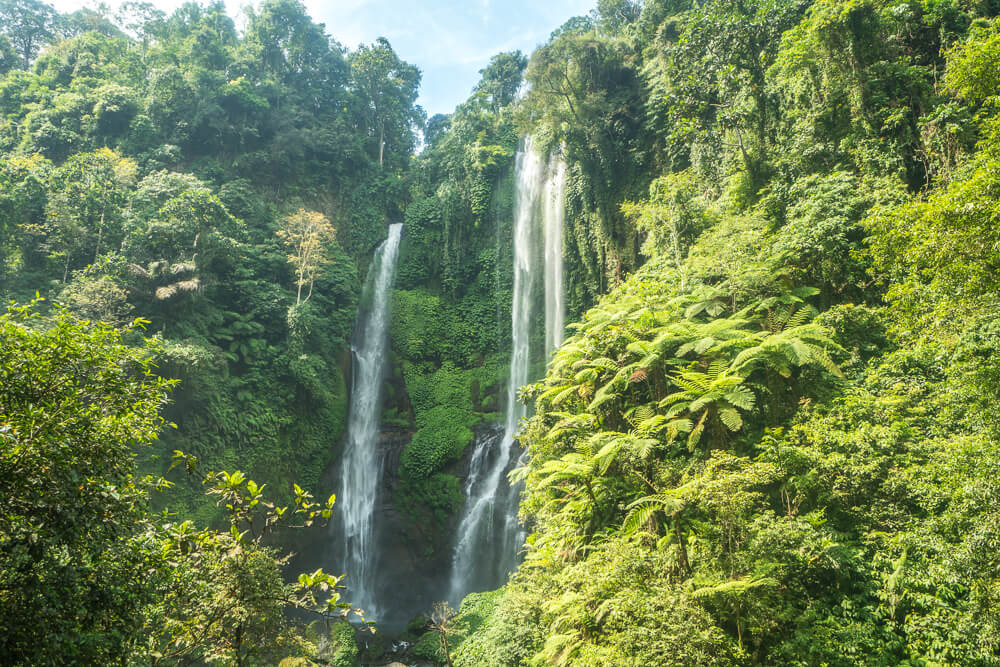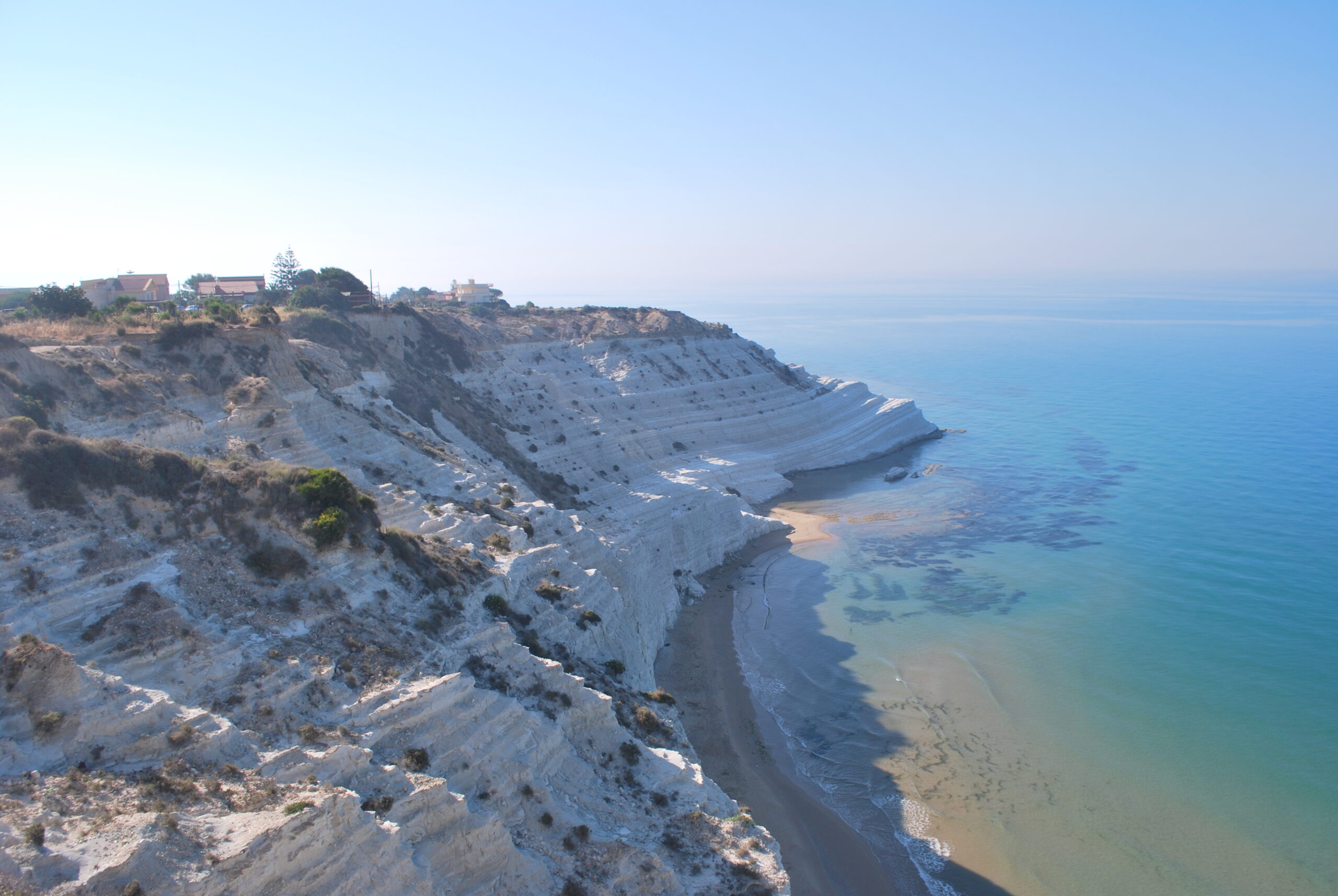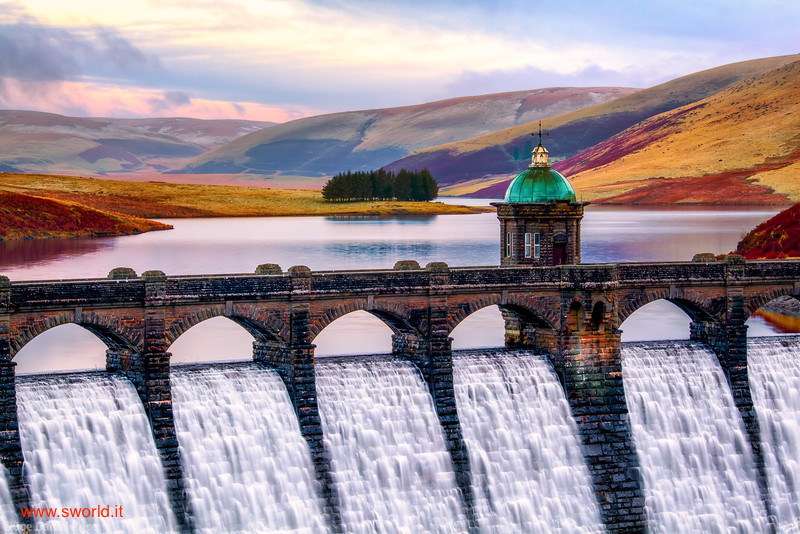It is one of the most photographed underwater structures in the world: the Great Blue Hole, an underwater sinkhole located in the heart of the Lighthouse Reef, a small atoll about seventy kilometers from the Belizean coast, gained its fame thanks to the French explorer Jacques Cousteau, who in 1971 declared it one of the five most fascinating diving sites in the world, before diving there himself.
This circular karst sinkhole, 318 meters wide and 124 meters deep, is the second largest blue hole in the world after the Dragon Hole in the South China Sea. It is thought that the limestone cave from which it originated was formed during the last Ice Age, when sea levels were lower than today’s, and was then submerged by water until its upper walls collapsed, giving rise to the "hole" which we see.
